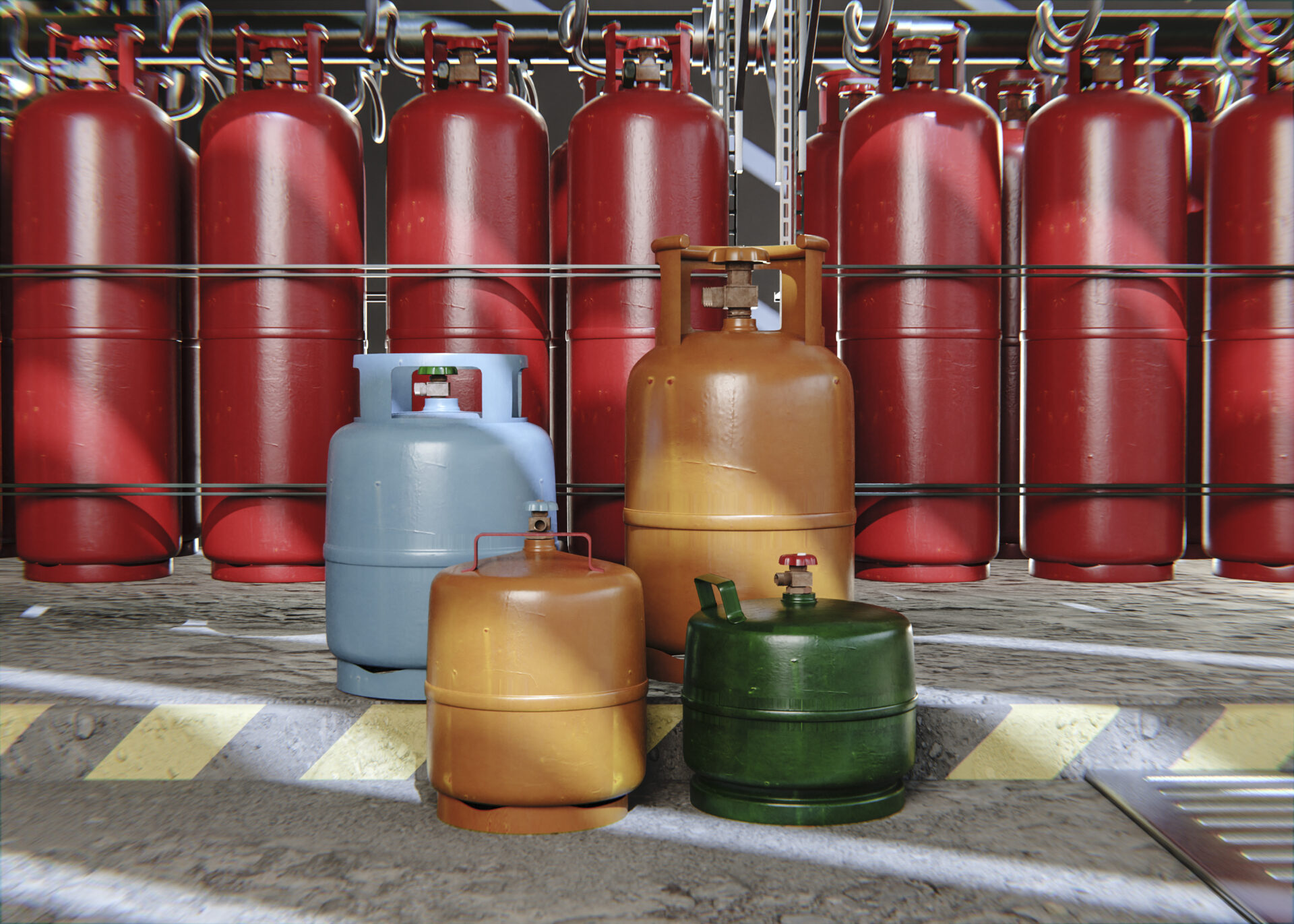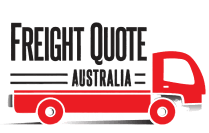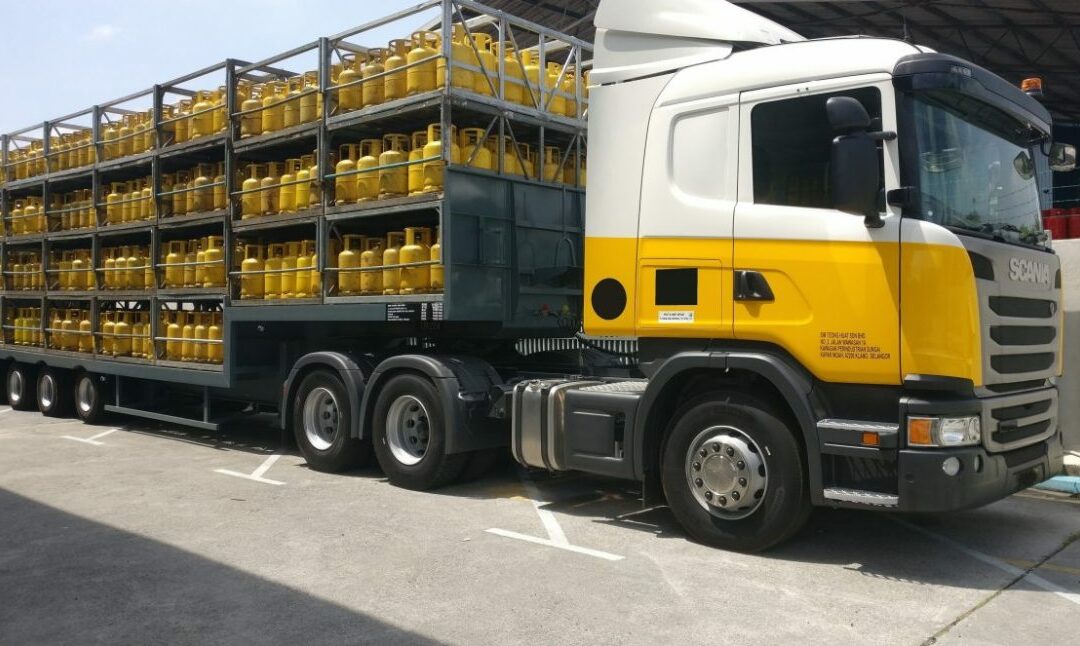Transporting gases safely is highly important to ensure the safety of people and the environment. In Australia, there are strict guidelines and regulations that must be followed to ensure the safe transportation of gases, which are Class 2 dangerous goods, whether they are compressed, liquefied, or dissolved under pressure. Let’s look into how to transport gases in Australia, including the key guidelines and practices.
Types of Gases
What are compressed gases?
Compressed gases are gases that are stored under high pressure in specially designed cylinders or tanks. They occupy a smaller volume compared to their uncompressed state due to the increased pressure. Compressed gases can be obtained by compressing the gas at ambient temperature or by cooling the gas to reduce its volume. Examples of compressed gases include compressed air, nitrogen, oxygen, and carbon dioxide.
What are liquified gases?
Liquefied gases, on the other hand, are gases that have been cooled and compressed to a temperature and pressure at which they transform into a liquid state. This process is known as liquefaction. Liquefied gases have a significantly higher density compared to their gaseous state. The liquefaction process allows for easier storage and transportation of gases since they occupy much less space as a liquid. Common examples of liquefied gases include liquefied petroleum gas (LPG), such as propane and butane, as well as liquefied natural gas (LNG). These gases are widely used in heating, cooking, and as fuel for vehicles.
What are gases dissolved under pressure?
Gases dissolved under pressure are gases that have been dissolved in a solvent, typically a liquid, under high pressure. The high-pressure conditions allow the gas molecules to dissolve and become incorporated into the liquid, resulting in a solution. When the pressure is reduced, the gas is released from the solution and returns to its gaseous state. An example of a gas commonly dissolved under pressure is carbon dioxide, which is often dissolved in water to create carbonated beverages. This process allows the gas to be easily transported and released when desired.
Regulations for Transporting Gas Cylinders
Domestic Laws
Companies involved in the transportation of compressed, liquefied, or dissolved gases must comply with the laws and regulations enforced in the state or territory they operate in. These regulations for transporting gas cylinders encompass specific requirements for the safe transport of gases, including those that are compressed, liquefied, or dissolved under pressure. Licensing or reporting obligations may also apply, depending on the region. For example, in New South Wales, companies transporting dangerous goods, including gases, must comply with the Dangerous Goods (Road and Rail Transport) Regulation 2022. This regulation provides detailed guidelines for the transportation of dangerous goods by road and rail, including the safe handling of gases.
The ADG Code
The Australian Dangerous Goods Code (ADG Code) serves as the regulatory framework for the safe transportation of gases throughout Australia. This comprehensive code covers the classification, packaging, labelling, and transport of dangerous goods, including gases that are compressed, liquefied, or dissolved under pressure. Adherence to the ADG Code is not only recommended but also mandatory, and regulatory bodies enforce its provisions strictly.
The Chain of Responsibility Law
The Chain of Responsibility legislation, under the Heavy Vehicle National Law (HVNL), holds responsible all parties in the supply chain for safety breaches, regardless of their role or location. They primarily target speeding, fatigue, mass dimension and load restraint, all of which are important factors when transporting dangerous goods freight.
Preparation for Transportation
When it comes to transporting gas cylinders, whether compressed, liquefied, or dissolved under pressure, proper preparation is essential. Gas cylinders intended for transportation must meet strict safety standards to ensure durability throughout the journey. These cylinders should be constructed using materials that are resistant to the specific gases they contain, and they must be designed to withstand the rigors of the transportation process. It is very important to acquire gas cylinders from reliable stores or dealerships to ensure their compliance with safety requirements. Additionally, correct labelling of the cylinders is extremely important. Make sure you clearly indicate the type of gas contained within, and any associated hazards. This labelling ensures that all workers involved in the transportation process are well-informed, minimising the risk of miscommunication.

To ensure the security of gas cylinders during transportation, make sure you implement appropriate measures to prevent accidents. Safely securing the cylinders is vital to prevent shifting, tipping over, or falling off the vehicle. Restraints should be carefully selected based on the specific type, weight, and size of the cylinders being transported.
Compressed gases require secure containment and protection against damage. Cylinders are often transported in specialised racks or brackets designed to prevent tipping or rolling during transit. These racks can be secured on a pallet (if the pallet can properly hold the weight of the cylinders) or be placed in a cage to provide additional stability and protection.
While ropes can be used to secure gas cylinders, straps are generally considered the preferred option. Straps are specifically designed for this purpose, allowing for easy adjustment to fit the size and shape of the cylinders. Moreover, straps are less likely to cause damage to the cylinders during transportation. Chains should never be used as the sole restraint for gas cylinders due to their potential to damage the cylinders, resulting in leakage. Chains are also less adjustable and more prone to slipping and snapping.
In addition to using appropriate restraints, it is essential to ensure that gas cylinders are correctly loaded and positioned for optimal stability during transportation. Gas cylinders should be placed in an upright position for transport to avoid leaks and other damage. The load should be evenly distributed, and the centre of gravity should be kept as low as possible to minimise the risk of tipping over. Placing the cylinders in such a way that they do not hang over the edge of the vehicle is crucial, as this can lead to tipping and damage to pedestrians or other vehicles.
Training
For the safe transportation of gases, adequate training is important for all personnel involved. This includes training on the proper handling and transportation of dangerous goods, including gases. Comprehensive training programs should cover the correct usage of personal protective equipment (PPE), such as gloves, goggles, respirators, and protective clothing, enabling workers to respond to hazardous situations safely. Workers must also be well-versed in emergency response procedures, encompassing protocols for notifying emergency services, evacuating the area, containing and managing leaks or spills, and controlling fires. All workers engaged in the transportation of gases should receive training on these procedures, understanding their respective roles and responsibilities in case of an emergency.
Moreover, training should encompass safe loading and unloading techniques for gases. This involves familiarisation with the appropriate equipment, such as hoses and valves, as well as the procedures for connecting and disconnecting cylinders. Workers should also be trained to handle cylinders carefully during loading and unloading to prevent damage or leaks. Implementing measures such as ensuring the truck is parked on a flat and stable surface and using a hand truck or other lifting device to move the cylinders can significantly reduce the risk of injuries to workers.
How To Transport Gas in Australia
Transporting gases, whether compressed, liquefied, or dissolved under pressure, within Australia requires careful attention to detail. Compliance with the ADG Code is mandatory, and it is crucial for all personnel involved in the transportation process to receive appropriate training. Companies should prioritise proper packaging and labelling of gas cylinders, secure them effectively during transport, conduct regular maintenance and inspections, and establish comprehensive emergency response procedures. And finally, if you are looking for a company to transport gases for you, ensure you book a reliable gas transportation company such as Freight Quote Australia. We will typically ask you to fill out a quote request form, which may take some time to fill out, but in turn will enable us to provide you with an accurate gas transportation cost.
By following these tips and guidelines, and adhering to best practices, dangerous goods couriers can significantly minimise the risk of accidents or incidents and ensure the safe and efficient transportation of gases, regardless of whether they are compressed, liquefied, or dissolved under pressure. Prioritising these precautions is essential to ensuring the well-being of individuals and protecting the environment during gas transportation.
Need to Transport Class 2 Dangerous Goods in Australia?
There are strict limitations and guidelines to what, and how much of a dangerous material can be transported by a carrier, so be sure to declare the Dangerous Goods when requesting a quote online. Freight Quote Australia is able to arrange transport of most Dangerous Goods, however, we will require the UN number, Class, Packing Group, and Weight of the goods in order to quote and book your freight.
This information is general in nature and we accept no responsibility for consequences arising from the use or reliance on this article. If you need assistance transporting gases, please feel free to submit a Quote Request.

